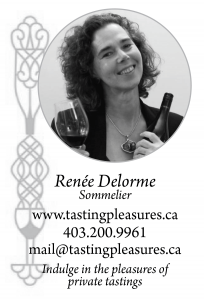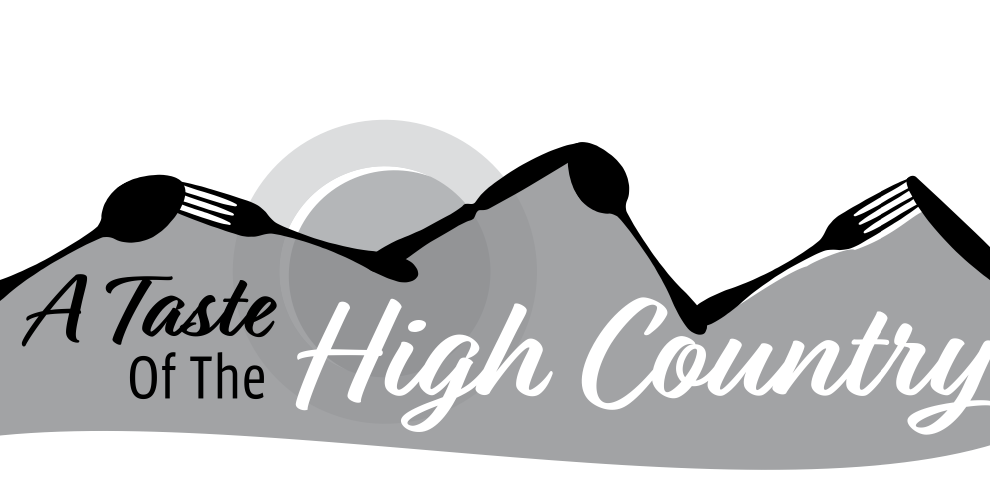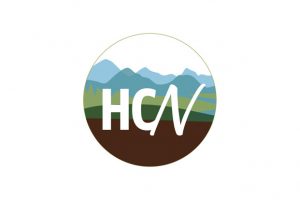My First Taste of Wine
I remember my first sip of alcohol. It was beer. My brothers had sneaked me into the local pub, under aged, of course. They ordered a beer in the stubby brown bottles of the day (remember the Labatt 50 and the O’keefe?). Anyway, the beer tasted awful.
Similarly, as a pre-teen, I observed my mother serving a couple of ounces of wine (a rare occurrence) to our large extended family on Christmas day. The white wine came in a gallon size glass jug. The odd sips stolen from grown- ups glasses convinced me that wine was equally as bad. Fast forward into my late teens, and early university years, things got better. Black Tower, Mateus, and, oh my gosh, Baby Duck, was all the rage (by the way, all this stuff still exists). Many of you will remember, I’m sure.
I did not know then that my experience was very much in keeping with what most Canadians were experiencing at that time. In the ’70s and ’80s, most of us were slowly discovering wines. We have come a long way since. Today, after a mere 40 years, we enjoy the fruits of our remarkable wine industry. Canada’s progress over this period is equivalent to what other countries achieved over centuries. We progressed by leaps and bounds thanks to experts coming from European wine regions, today’s technology, modern scientific knowledge and our excellent terroirs. Today, Canada is the best producer of ice wine globally, and Canadian wineries routinely win top awards for their wines in international wine competitions. This, despite the fact our industry only represents 0.3% of the world’s total wine production. Considering these stats, one understands why our wines are not well known outside Canada. It is mostly all consumed at home.
Canadian wine consumers are fast becoming discerning as well. Visiting wine regions is fashionable, and we love the large wine fairs. Wine bars are now trendy, and liquor stores are almost as common as corner stores. According to Stats Canada and the World Health Organization, the consumption of wine in Canada increases by a whopping 4% a year (give or take). In 2017 Canadians were drinking 25.6 750ml bottle/capita, compared to 53.6ml bottle/capita in France (the heaviest consumers of wine in the world).
So, what do we like to drink these days? The short answer; big red wines from the “New World,” which are wines from the Americas, Australia, New Zealand and South Africa. We also LOVE value wine – those wines that over-deliver at their price point. However, this, too, is evolving. At large parties, an increasing proportion of bottles brought by guests seem to sport labels from countries such as Italy, France and Spain. Most are red, but rosé is enjoying a revival of a sort while the whites are slowly making a name for themselves.
Long after my infamous first sips of alcohol, I stumbled over a couple of international sommelier programs; International Sommelier Guild and the Wine and Spirit Educational Trust. I am now a Sommelier and enjoy sharing my love of wine in private tastings. These tastings are typically organized by a host who invites a small group of friends or family. The setting is usually their dining or living room, or both. It is informal and unpretentious. The whole experience is about learning a few tips about wines while tasting, on average, six curated wines. My hope is to stretch one’s comfort zone a bit, trying something new (a new grape or a new country). Overall, however, my role is to help the guests make some sense of the complexity of the wine worlds and ensure everyone is having a good time doing so. I especially love the “Ah-ha!” moments I inevitably witness in my tastings and the laughter generated by the discussions.
Wine is a journey. Learning about it starts with learning how to taste wine “mindfully” – meaning with purpose and intention, seeking to understand what your palate is telling you. As you learn to taste, you will begin to understand your preferences. Ultimately, this new-found knowledge will increase the pleasure you find savouring wines and make your shopping experience less daunting.
Tasting wines inevitably leads to learning to pair wine with food. A bad pairing can ruin the meal but, a good one will elevate it beyond expectation. And the good news; you do not need expensive wines or fancy food to create a gastronomic experience.
Case in point. The other night, I open this Ripasso (Italian) wine. I was pretty pleased with my find – great taste for the price ($18). Then, what a surprise when I tried it with the cooked bacon that just happened to stare at me from the pan on the stove. Together, the wine and the bacon transformed into a match made in heaven. The fatty, salty, smoky/ sweet bacon revealed the fresh sour cherry fruit layered in raisiny notes of this medium plus body wine. In turn, the silky tannins and wine’s bright acidity cleansed the palate of the excess fat to ready the mouth for another piece of bacon and a sip of wine. I obliged. Yup! It was pretty darn good.
All this to say that if I did it, you can too. You can learn to taste wine like the “pros” and find your ways in this world – unless, of course, you are my husband. He is clearly the winner of my wine journey. Not only did I do the heavy lifting learning about wine, but I always (well often) come home with yet another wine to try and taste with our meals. How sweet is that? This probably explains why he gingerly volunteers to do the dishes every night. He knows best.
Bonne appétit!



























